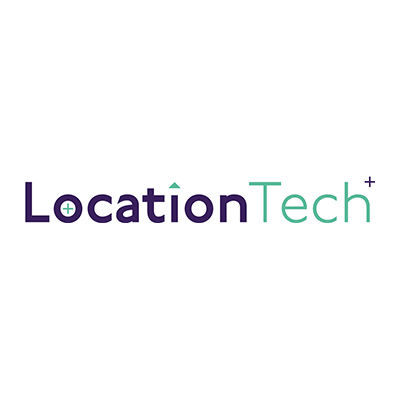“A map is the greatest of all epic poems. Its lines and colours show the realisation of great dreams.”
– Gilbert H. Grosvenor, Editor of National Geographic
Location technology has been evolving since the dawn of humankind. From stick charts to primitive compasses and reflecting instruments, through radar, GPS and Lidar. Recently, the advent of universal digitisation and Industry 4.0 has accelerated location-based innovation. Some commentators even contend we are on the edge of geospatial transformation.
To the extent this is true, we can look toward location tech’s emergence as a horizontal technology. Horizontal transfer occurs when technology becomes dispersed across verticals to the point where it disrupts every industry. As it exists today, interactive real-time location-based data is accessible, customisable and almost infinitely interoperable. It’s difficult to conceive of an industry, organisation or department that would not benefit from some form of enhanced location-based tech.
So why make this distinction? Well aside from signalling advantages afforded by early adoption and sector support, the horizontal tag puts location tech in the realm of game-changers. We are already seeing the emergence of new location value chains, regulatory models, pathways for innovative integration, and opportunities to solve complex human problems like climate change.
Location tech’s integration with blockchain is but one example that has the potential to revolutionise how we manage and interact with big data. One company that has realised this synergy is the location-based company XY Labs and their project XYO. XY Lab’s decentralised network devices connect physical data to the digital world by anonymously collecting and validating location data through the blockchain.
XY Labs have also recently teamed up with tZERO, a decentralized trading platform. This partnership allows XY Labs to trade their shares on a fully automated and compliant digital platform that allows shareholders to have secure access to their shares. For more real-use cases of location technology and blockchain, register to attend our event with BlockchainNZ in November.
In this month’s round-up of AI news:
Ordnance Survey, the United Kingdom’s national mapping service, has convened an important workshop with senior leaders in the global geospatial community and published a call to action to governments reiterating the strategic value of location data in the fight against climate change.
Signals from SpaceX Starlink broadband satellites have been used to pinpoint locations on Earth to within 8 meters – comparable in accuracy to GPS. The feat was achieved without SpaceX data and by independent researchers who developed an algorithm that creates triangulation between satellites.
Ola, an Indian owned multinational ridesharing company operating in New Zealand, has acquired GeoSpoc in an effort to build next-generation location technology, including real-time, three-dimensional and vector maps.
The growth of real-time location systems (RTLS) in sports markets is spurring bumper forecasts for the technology. Alongside in-event audience tracking, growth is being fuelled by demand for data analytics as organisations look to market sports in new innovative ways.
Ngā mihi,
The team at LocationTech NZ
Location Tech is the voice of location technology and spatial intelligence in New Zealand. Subscribe for our regular updates here.






